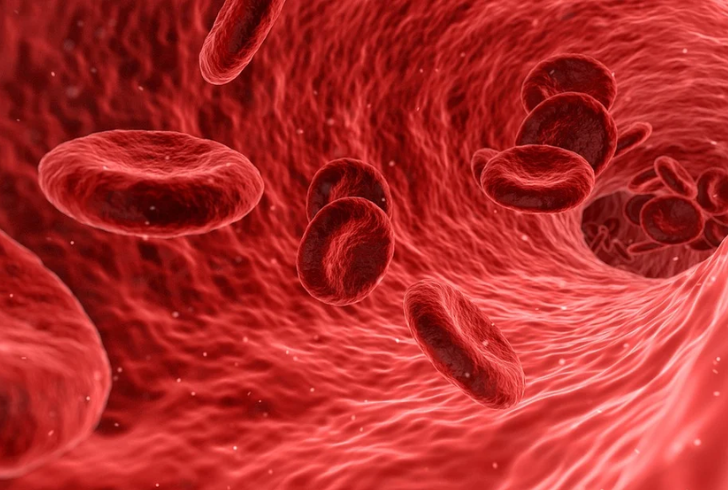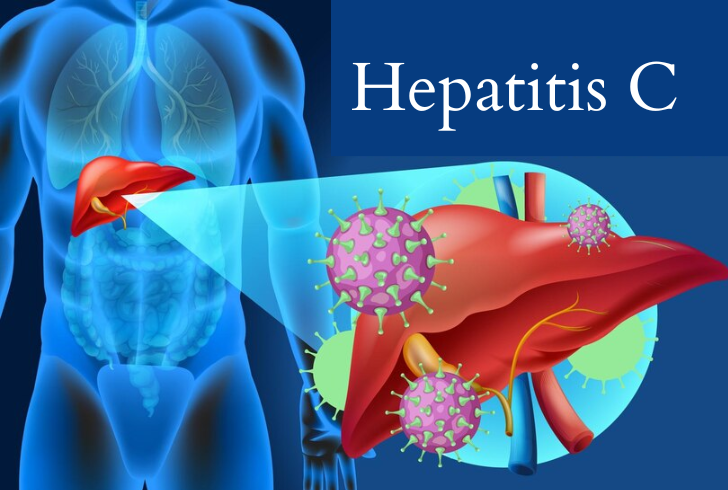In a groundbreaking moment, the FDA recently approved the first-ever CRISPR therapy, a medical marvel that targets sickle cell anemia and beta thalassemia.
Picture this: a single, transformative treatment, crafting hope by editing bone marrow stem cells in a lab, allowing patients to breathe a sigh of relief as functioning hemoglobin is restored. Jennifer Doudna and Emmanuelle Charpentier, the scientific power duo, clinched the Nobel Prize in Medicine in 2020 for this game-changing breakthrough.
1. RNAi: The Silent Revolution (Nobel 2006)

freepik | RNAi uses a short RNA sequence as a search query to target disease genes.
Imagine a Google search for genes – that’s RNA interference (RNAi). Discovered by scientists Craig Mello and Andrew Fire, RNAi is like a molecular detective that silences gene expression, offering a profound tool for medical interventions. Here’s why it’s a game-changer:
- Guided Silencing: RNAi uses a short RNA sequence as a search query to target disease genes.
- Efficiency: The Argonaute protein, our cellular search engine, swiftly finds and destroys disease-related mRNAs.
Medical Marvels: Five RNAi drugs have already been approved, addressing conditions like amyloidosis. With improved delivery methods, the future holds a plethora of RNAi drugs combating various diseases.
2. Cellular Time Travel (Nobel 2012)
In 2006, Shinya Yamanaka unveiled a cellular time machine – induced pluripotent stem cells (iPSCs). This groundbreaking discovery rewinds mature cells to a pluripotent state, offering limitless potential for personalized therapies. Here’s why it matters:
- Stem Cell Alchemy: iPSCs can become any cell type, allowing personalized cell transplants without rejection risks.
- Off-the-Shelf Therapies: Companies like BlueRock are turning iPSCs into dopaminergic neurons for Parkinson’s disease treatment.
Future Horizons: iPSCs are paving the way for off-the-shelf cell therapies, promising hope for conditions like age-related macular degeneration and congenital heart disease.

Pixabay | qimono | iPSCs are paving the way for off-the-shelf cell therapies.
3. Empowering the Immune System (Nobel 2018)
Tasuku Honjo and Jim Allison unlocked the secrets of cancer immunology, leading to immune checkpoint inhibitors. These molecules enhance the body’s immune system to combat cancer. Here’s the scoop:
- Immune Checkpoints: PD-1 and CTLA-4, when blocked, unleash the immune system against cancer cells.
- Survival Boost: Approved for 18 types of cancer, these inhibitors have improved survival rates significantly.
Challenges Ahead: While a cornerstone in cancer care, not all patients benefit equally. Advancements are needed to broaden eligibility and increase success rates.
4. Conquering the Silent Hepatitis C (Nobel 2020)
Harvey J. Alter, Michael Houghton, and Charles M. Rice cracked the code of the elusive Hepatitis C virus, saving millions of lives. Here’s the impact:

freepik | Harvey J. Alter, Michael Houghton, and Charles M. Rice cracked the code of the elusive Hepatitis C virus.
- Diagnostic Breakthrough: Blood tests became possible, revealing the cause of chronic hepatitis.
- Lifesaving Medicines: Antiviral drugs now cure Hepatitis C, with a 95% success rate in just weeks.
Global Challenge: Access to treatment and diagnosis remains a hurdle, emphasizing the need for widespread awareness and healthcare infrastructure.
5. mRNA Miracles (Nobel 2023)
Drew Weissman and Katalin Kariko pioneered mRNA modifications, enabling human immune tolerance. This groundbreaking discovery paved the way for the Covid mRNA vaccines and promises a transformative future:
- Immune System Harmony: Modified mRNA avoids triggering adverse immune responses.
- Expanding Frontiers: Beyond Covid, mRNA holds potential for groundbreaking therapies in cancer and autoimmune diseases.
Looking Forward: Let’s celebrate these scientific triumphs and anticipate a future where mRNA reshapes medicine on unprecedented scales.
These Nobel Prize-winning discoveries aren’t just scientific milestones; they’re beacons of hope, proving that each leap in science brings us closer to a healthier, brighter future. Here’s to more breakthroughs, more Nobel Prizes, and healthier years!




